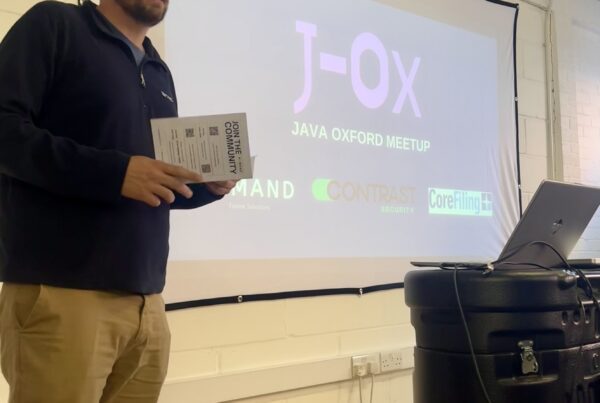Using Kotlin for Server-side Development
Intro to Kotlin:
Back end development has transitioned from monolithic web containers to distributed mesh data-driven applications. Complex sites need robust, back end, coding to support it; the backbone of any mobile or web application is a well written server-side code.
For many years, Java was the go-to language used for building server-side applications. Java is the most versatile language, but it also has a fair share of issues. Modern applications have advanced requirements that Java fails to fulfil, so we can now use Kotlin as a substitute.
What is Kotlin:
Kotlin is a general-purpose and open source programming language initially designed for Android and JVM (Java Virtual Machine); solving hundreds of features and many problems that Java has faced. Kotlin is both object-oriented and a functionally typed language. The language originated at JetBrains in 2010, and since 2012 Kotlin has been open source.
Unlike Java, Kotlin is easy to learn and allows developers to write short, concise, and expressive code. Kotlin is fully interoperable with Java stacks, meaning it can be integrated into older and newer applications.
Like Java, Kotlin also compiles to bytecode, which is compatible with JVM. The primary features include interoperability, concise code, easy to read syntax, and asynchronous capabilities. We will talk further down about why Kotlin is better than Java.
What is Kotlin for?
Kotlin is an official programming language for Android, but it can also be used for JavaScript, Native, and Data Science. Kotlin is not just a substitute for Java, the language even surpasses it regarding features; a robust and reliable programming language that can also be used for server-side applications.
Why use Kotlin?
Ability to use Java libraries:
The first feature of Kotlin is its ability to use Java libraries. There are numerous Java libraries out there that can make programming easier. Why would you waste your time writing your implementations, when you have access to ready to use libraries? All libraries work perfectly with Kotlin. However, as these libraries are written in Java, consuming them in Kotlin often results in Java-like syntax; some written Kotlin layers are needed.
Null Safety:
If you programmed in Java, you would know about the infamous NullPointerException runtime error. This error was the primary cause of numerous other bugs. This error was a big problem in Java, and Kotlin solves this. Kotlin prevents crashes when a value can be potentially null. It pushes nullability into the type system, carrying out proper checks instead of waiting for developers to realise their mistakes. Keep in mind that this error can still occur if Java code is called from Kotlin.
Data Transformation:
As we discussed earlier that Kotlin is a functionally typed language. You can chain actions intuitively. Transforming a list of N objects to M objects is straightforward. You can chain numerous operations without the need for any intermediate variable.
Concise code:
We discussed earlier that Kotlin code is concise compared to Java. This translates to improved code readability and maintainability, meaning that programmers can read, write, and modify the code more efficiently.
Growing community:
When Google announced Kotlin as its official language, it gained massive hype. Every month the Kotlin community is increasing. Jetbrains is focusing on making it among the top five programming languages in the future.
Are you considering using Kotlin for a project but need help with any of the following?
- Software Architecture and Design
- Putting together a Technical Proposal for using it
- Teaching and upskilling the team in Kotlin
- Project delivery
- Coding in Kotlin
- Building a new Kotlin Development Team





